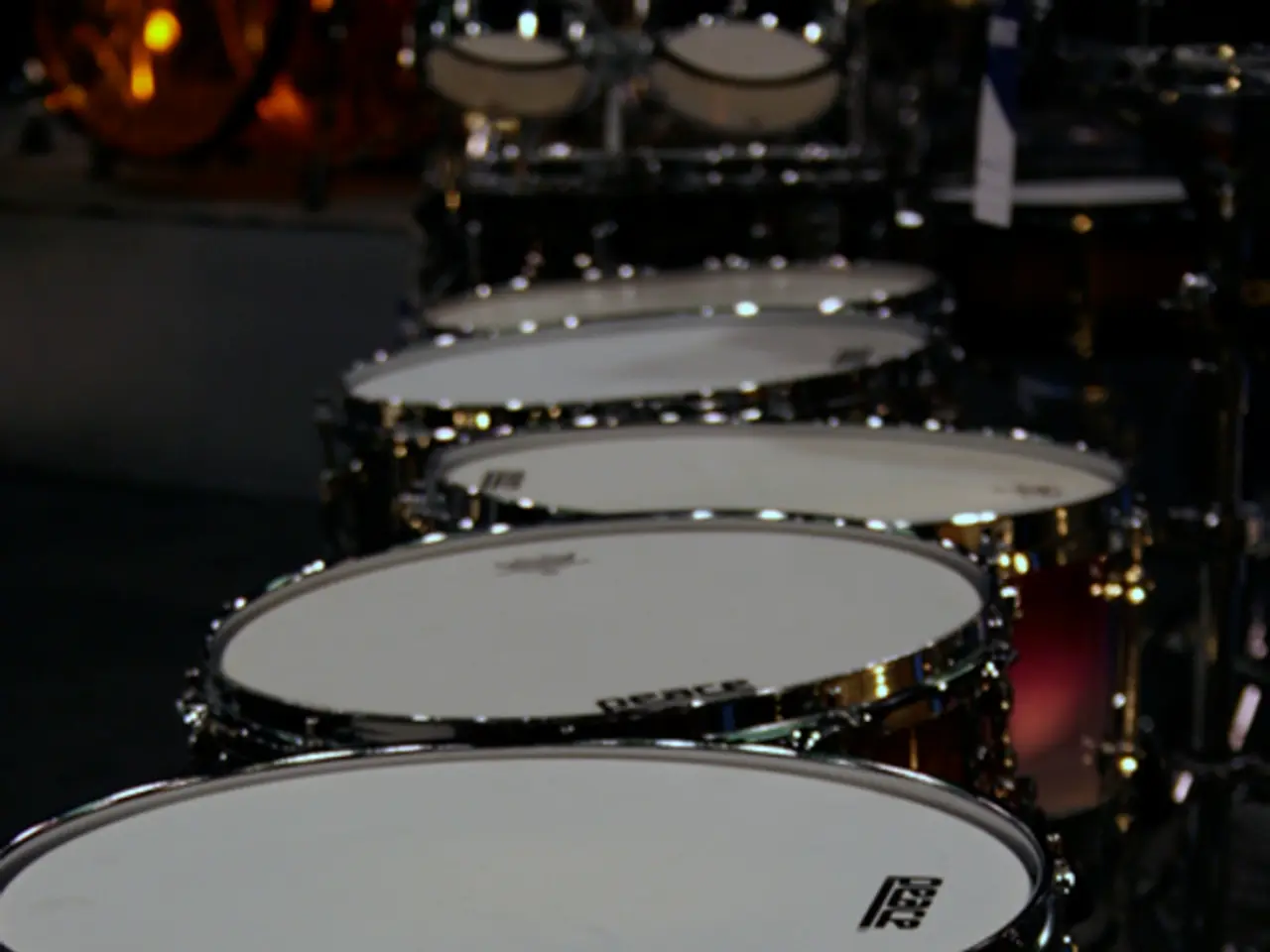Obstacles Faced by Autistic Girls in High School Education
Autism affects individuals differently, and a recent review of studies has highlighted several **unique challenges faced by autistic girls in secondary education**. These challenges, rooted in underdiagnosis, societal gender expectations, and mental health risks, require urgent attention from educators and policymakers.
One of the major issues is **underdiagnosis and misrecognition**. Autistic girls often engage in compensatory or "masking" behaviors that camouflage their autistic traits, particularly in social contexts. These behaviors, which evolve over time, complicate timely and accurate diagnosis.
The impact of **gender norms** is another significant factor. Societal and educational expectations around gender add an additional layer of pressure, leading to a "double victimization" for autistic girls. This can result in increased stress and poorer mental health outcomes.
Current diagnostic criteria often fail to capture the diverse presentation of autism in girls, contributing to gaps in support. Moreover, school codes of behavior frequently reflect ableist and deficit-based models, neglecting the rights and needs of autistic students, which can hinder inclusive education.
To address these challenges, schools and educators can adopt several strategies. **Gender-sensitive and diversity-aware diagnostic and support practices** are crucial. Schools should advocate for and use gender-sensitive screening tools and recognize diverse expressions of autism, including those beyond the gender binary.
Educators and advisors should also assess each student's needs individually, offering accommodations tailored to them without necessarily requiring a formal diagnosis, recognizing that many autistic girls mask their difficulties.
Increasing awareness and training for teachers and staff on the unique presentations of autism in girls and the impacts of masking can improve support. Peer training programs that teach neurotypical students how to interact with autistic peers can foster more inclusive social environments and support autistic girls’ social development.
Schools should revise behavior policies to reflect a rights-based framework, ensuring autistic students’ rights to inclusive education are respected. Encouraging autistic girls and their caregivers to voice concerns and including autistic individuals in decision-making around supports and policies enhances engagement and effectiveness.
The review, which had methodological strengths, also identified several limitations. It only included peer-reviewed journal articles, potentially missing relevant information from other sources. Socioeconomic factors were not consistently reported or analyzed across studies. The review only included studies from English-speaking countries, limiting the generalizability of findings to other cultural contexts and education systems.
Demographic limitations included limited racial and ethnic diversity reported in the included studies, focusing on binary gender categories, and potential exclusion of experiences of non-binary or transgender autistic individuals.
The study synthesized evidence from multiple studies, focusing on the experiences of autistic girls in secondary education. It highlights the need for a more nuanced and gender-sensitive approach to supporting autistic students in secondary education.
Strategies for creating more autism-affirming school environments that reduce the need for masking are necessary to address. Developing and evaluating tailored interventions to support autistic girls' social and academic needs is a crucial area for future research. The review underscores the need for more diverse and inclusive autism research, particularly studies that consider intersectional identities and experiences across different cultural and educational contexts.
- Autistic girls in secondary education experience unique challenges, many of which stem from underdiagnosis and misrecognition.
- Gender norms play a significant role in the struggles faced by autistic girls, contributing to a "double victimization."
- The diagnostic criteria often fail to account for the diverse presentation of autism in girls, leaving gaps in support.
- Schools should implement gender-sensitive and diversity-aware diagnostic and support practices.
- Educators and advisors need to assess each student's needs on an individual basis and offer accommodations tailored to them.
- Increasing awareness and training for teachers and staff about the unique presentations of autism in girls and the impacts of masking can improve support.
- Peer training programs that teach neurotypical students how to interact with autistic peers can promote a more inclusive social environment and support autistic girls’ social development.
- Schools should revise their behavior policies to respect the rights of autistic students in the pursuit of inclusive education.
- Engaging autistic girls, their caregivers, and autistic individuals in decision-making around supports and policies enhances engagement and effectiveness.
- The study emphasizes the need for a more nuanced and gender-sensitive approach to support autistic students, as well as the development and evaluation of targeted interventions.
- Future research should focus on creating autism-affirming school environments, supporting social and academic needs, and promoting diverse and inclusive autism research, particularly in different cultural and educational contexts.




